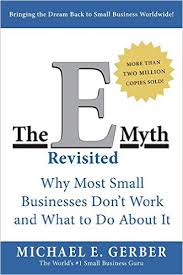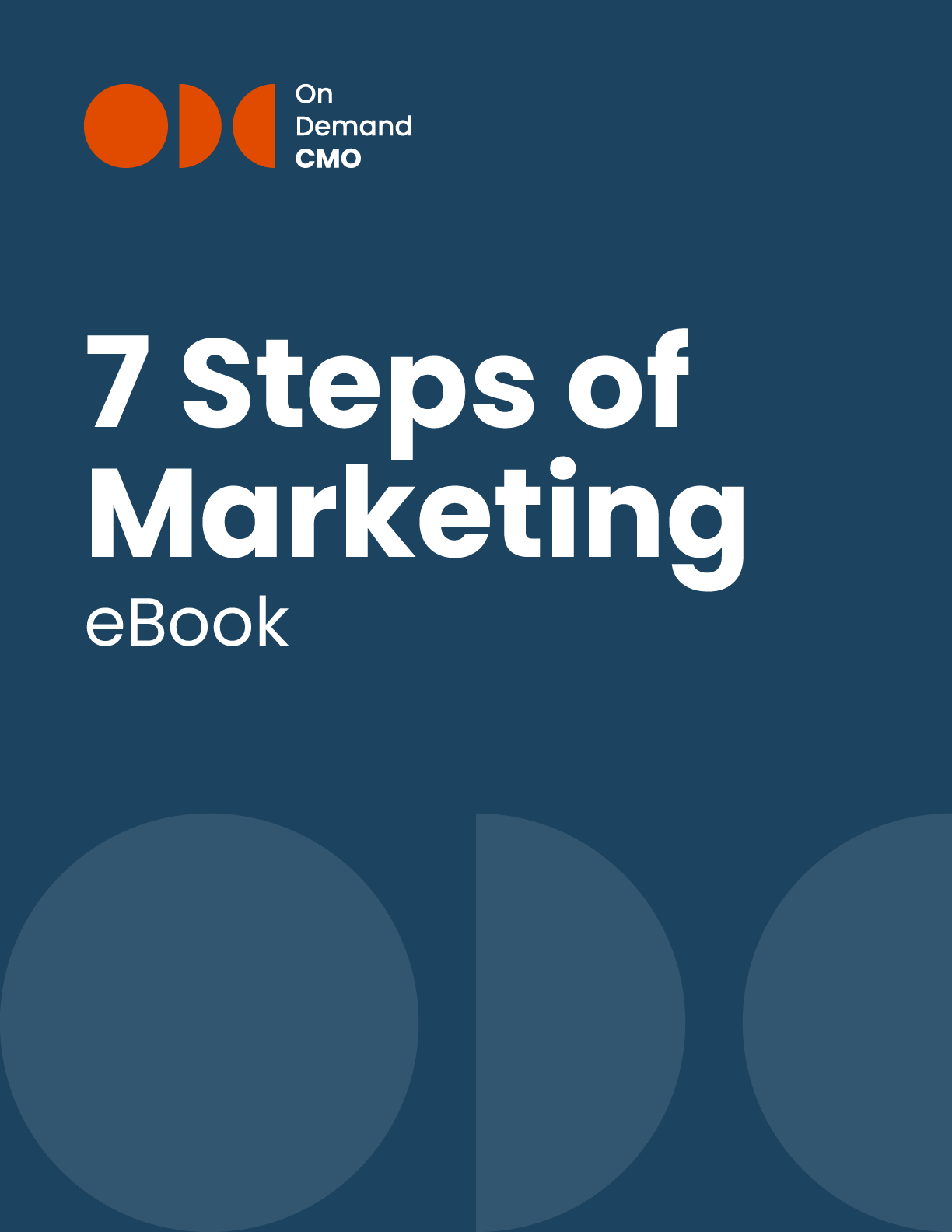
It’s an uncomfortable question, but one that a successful business owner cannot be afraid to ask themselves: “What am I the worst at?!” After reading the quintessential entrepreneur’s “business book” eMyth by Michael Gerber, it inspired this post.
Identifying and isolating your biggest weakness is a crucial step in strengthening your overall value proposition—the thing that convinces your customer to buy from you and not the person next door. I’ve seen clients deal with their biggest pain points in a hundred different ways, from overcompensating to covering up to ignoring altogether, but none of these strategies can make your business any stronger. The key is determining whether or not your weakness is a pillar that’s holding up your value proposition, or a flag on top that’s distracting from your main message. That’s how you decide whether you can delegate to compensate, or must pivot your business to avoid it altogether.
Most small business owners’ greatest weakness is the actual back-end business aspect of their company. I cannot count how many people I have come across in my line of work who are excellent at what they do, but terrible at getting paid for it in an organized way. I find that mid-size firms often have their cash flow ducks in a row, but sometimes struggle with scaling and focusing their niche. For large companies and Fortune 500-sized firms, effective leadership and innovation are frequent pain points.
I’ll give you an example. I was once acquainted with the owner of a small flower shop, who had an excellent eye for design and a fantastic rapport with his local customer base, as well as great relationships with his vendors and nearby businesses. Once you stepped past his beautiful and meticulously designed showroom, however, there was absolute chaos in the back. His designing bench was littered with tools, old flower stems, and paper receipts, making it more difficult for the assistant to put together arrangements and creating resentment among the team. He was constantly ordering too much inventory because he didn’t know what he had, and he often threw out unused blooms that had wilted in the back of his overcrowded cooler. He had a chronic problem with complaints from angry customers who received the wrong arrangement, or late arrangements, or no arrangement at all, because he had no formal system for taking orders and delivering them. Orders were falling through the cracks—literally. He once found a pile of old order tickets that had accumulated after falling down behind the counter, and gone unfilled.
While this sounds like his business had a mountain of weaknesses, he really only had one—organization. Once he confronted the fact that the chaos that accompanied his creativity was not conducive to running a business, he fixed the problem in one fell swoop by hiring an office manager. With the inventory under control, orders going smoothly out the door, and his backroom clean and organized, it was like a whole different business. In the flower arrangement industry, his customers cared more about their wives and mothers receiving their flowers on time than they cared about extra design flourishes or special touches. Since he couldn’t rewrite his own personality to be more organized, as he had tried many times and failed, he made the best decision possible by delegating the task to someone else.
If the shoe had been on the other foot, and he was excellent at fulfilling orders but only mediocre at designing arrangements, a careful look at his customer base would likely have shown that only a simple marketing pivot was needed. A daughter will very likely make an angry phone call if her mother doesn’t receive her vase of flowers on Mother’s Day as planned. But a mother will very rarely complain about an uninspired floral arrangement design that she received as a gift. Based on that industry knowledge, the local flower shop will get much more mileage out of advertising their reliability and professionalism than they will out of showcasing their advanced design skills to a populace that doesn’t know much about floral arranging.
Determining whether your weakness is a pillar or an addendum to your main value proposition is the key in managing it effectively and strengthening your overall value proposition.

OnDemandCMO has authored 7 Steps of Marketing, the only marketing guide book you’ll need to either get your marketing started properly, or stay on track strategically.
It features best practices on branding, messaging, social media, lead generation and much in between.
Please let us know who you are, and we'll share a few of our secrets (we don't sell or trade your info)!